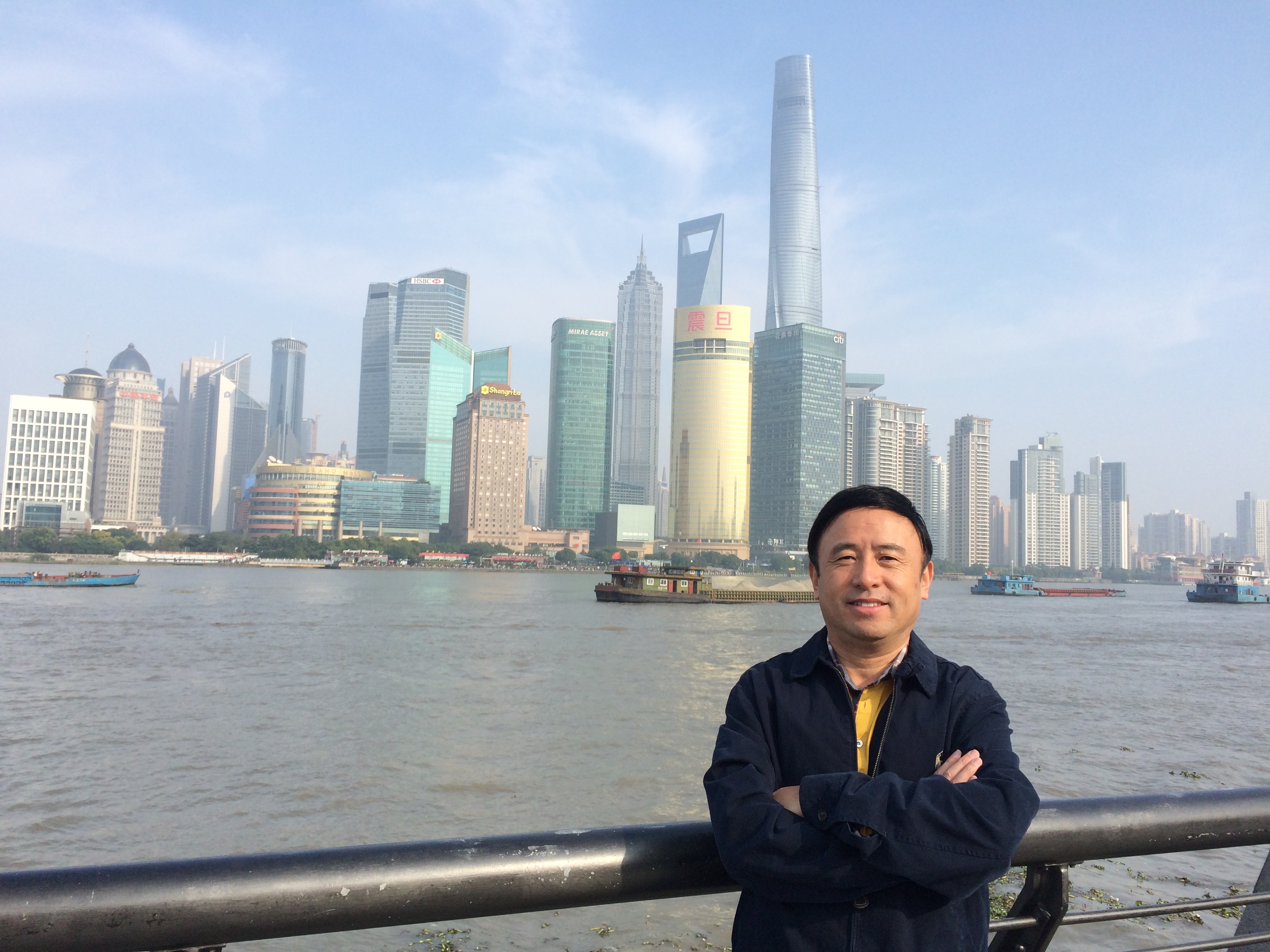Dr Sheng Li is President of Shanghai shipbroker HIT Marine, and a DBA alumnus of the College of Business. Here he tells of how he got into the shipbuilding industry, how China got to be the world's No.1 shipbuilding nation, and what the future holds for the industry. We follow with two articles by Dr Li illustrating two aspects of the Chinese shipbuilding industry: the importance of international brand building, and the boom-bust rollercoaster of the past 10 years.
An adventurous pioneering spirit led to a long-term co-operation between the specialized ship owning community of a small German town and China's small and medium-size shipyards. Despite the downturn in shipping markets, the collaboration is still ongoing.
At Germany's northern border adjacent to the Netherlands lies Haren in Emsland, a small town with a population slightly above 25,000 that many German people know little about, let alone foreigners. However, in the international shipping community, Haren is famous as the third-largest shipping cluster city in Germany, after Hamburg and Leer.
Haren's recent history takes on a special meaning when viewed from a Chinese perspective. During the boom times before the 2008 crisis, it boasted 30 shipping companies. Intersee, Jungerhans, Wessels, the top three each owned more than 50 vessels, typically coasters and multipurpose (MPP) containerships ranging from 6,000 dwt to 11,000 dwt.
At the time, these were mostly built in Eastern Europe, including Poland. In early 2007, however, Haren shipowners started ordering bigger vessels, especially one type, the SSW 1,100-teu containerships. These were firstly ordered by Reederei Sibum at the Bremerhaven-based SSW shipyard, but, due to limited capacity, SSW sold its design to China's Jiangdong Shipyard and Sainty Marine, each of which subsequently received newbuilding orders for 16 units. These ice-class feederships, suitable for calling at northern Baltic ports, became so popular that owners from other parts of Germany also followed suit by placing orders with the Chinese yards.
“ I saw with my own eyes how German technical people argued intensely with Chinese builders and emphasized German quality standards ”
Venturing east
It was not the first time Haren's owners had ventured east for newbuilds. In the early 1990s, they had been among the first European owners to order small containerships in smalland medium-size Chinese yards, and they had found their adventurous spirit rewarded. But in the wave of orders after 2007, the Chinese side also profited from their meeting with German craftsmanship and high technical demands.
I saw with my own eyes how German technical people and site supervisors argued intensely with Chinese builders on some minute tolerances and emphasized German quality standards and workmanship.
In those days, many Chinese shipyard executives felt very proud of their shipyards being able to build ships for German clients. The successful completion and delivery of a series for German owners would be considered as a milestone in their yards' history, demonstrating that shipbuilding quality had reached international standards. Long afterwards, they would brag about it in front of their peers and new potential clients visiting the yards.
Thanks to the German shipowners' adventurous spirit and skills, the Chinese shipyards, especially some small and medium yards, had the chance to debut on the international market. And thanks to the complementary strength each party possessed in that particular period, the German owners and Chinese shipbuilders together performed what amounted to a wonderful shipping drama.
Today, despite the difficulties that both owners and shipbuilders face, the Haren-China connection is still active, and small and specialized tonnage involving containerships, heavylift and MPP vessels are still being ordered and built, both newbuilds and conversions.
This article was originally published in TradeWinds Magazine in July 2016 as: Chinese connection helps Haren stay one of Germany's top shipping clusters

